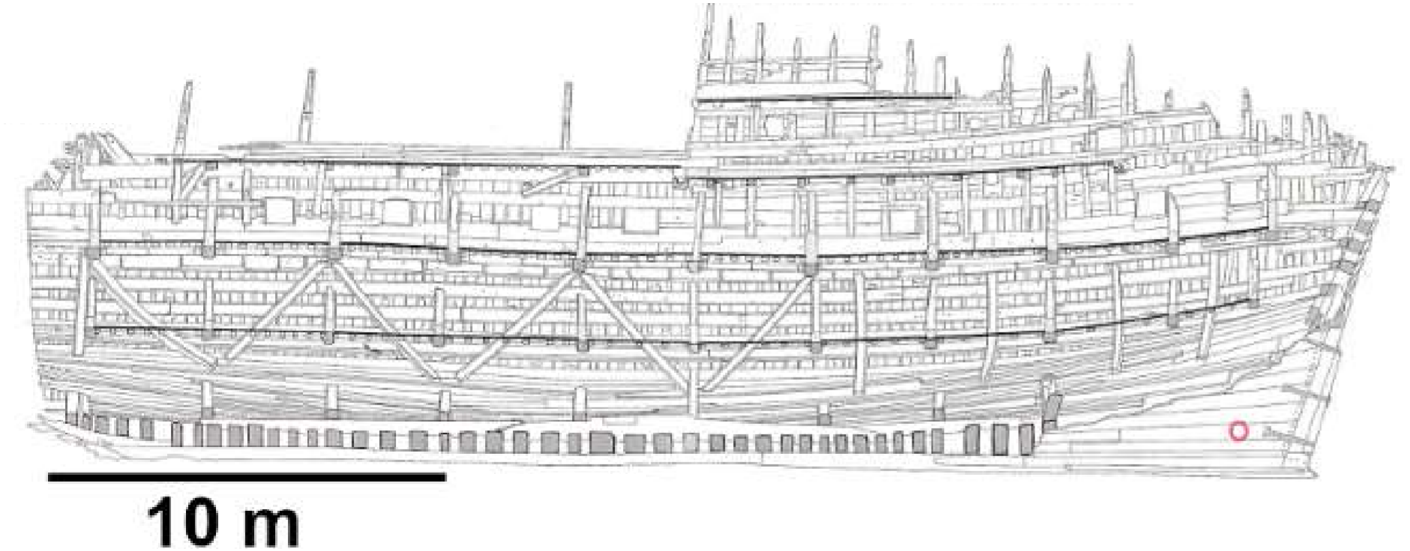warship
-
X-rays are revealing new clues about the Mary Rose
- On 28/10/2021
- In Underwater Archeology

By Rahul Rao - Popular Science
In 1982, before the eyes of watching television cameras, the wooden remains of the 16th-century English warship Mary Rose were lifted from its underwater grave. Since then, it’s proven a veritable time capsule into Tudor Britain. But, as you might imagine, nearly 500 years under the sea doesn’t do wonders for keeping the ship in shape.That’s where some very modern X-ray scanning has now come on board. Researchers have turned to techniques used in chemistry and manufacturing to scan wood from the Mary Rose.
Unlike previous techniques that rely primarily on finding one specific element, this X-ray technique allows researchers to scan a relic and see any potential contaminants and where they are. The researchers published their work in the journal Matter on October 27.
“It is vital when dealing with precious materials that you get as much information you can in one go, and this is what this technique offers,” says Eleanor Schofield, one of the study’s authors, and head of conservation at the Mary Rose Trust, the charity that takes care of the ship.
First, a bit of history. When the Mary Rose was built in 1511, it was one of the largest ships in the English fleet. And the ship was no stranger to battle; early 16th century England, during the reign of King Henry VIII, was a time of frequent wars, particularly with France.
It was in 1545, amidst one of those wars, that the French were planning to land an invading army on English soil. The Mary Rose was called to help fight them off.
That brought the ship to the Solent, an offshoot of the English Channel that separates Great Britain from the Isle of Wight. It was there that the Mary Rose would sink, taking most of her crew down in the process.